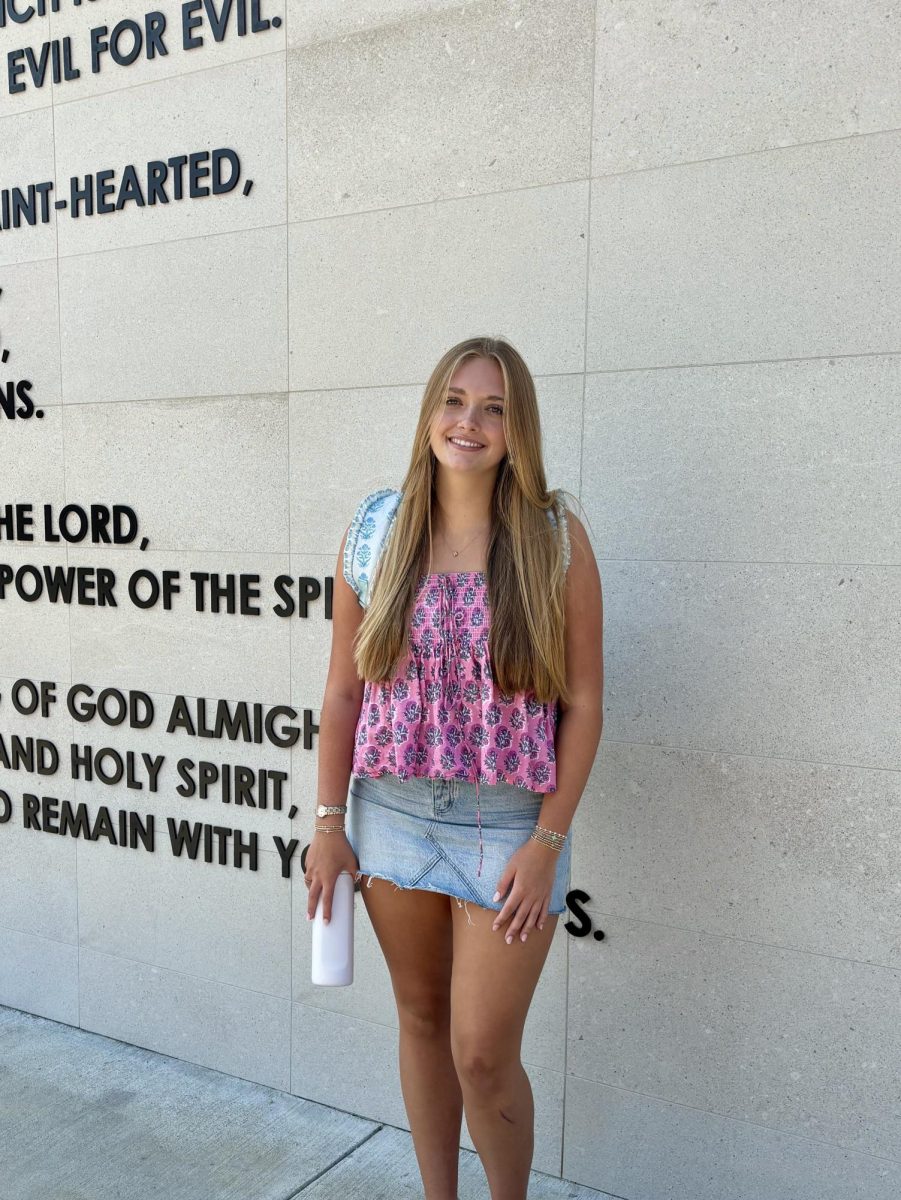In April of 2023, Hellas Sports Construction started working on the new turf field for St. Andrew’s Episcopal School. It has been a long time coming for SA to have turf. “A lot of other schools in the area have turf fields,” Varsity Boys Soccer Coach, Perry Goldsbury said, “and I think last year having to go play games at JA and Prep and those types of things that were originally scheduled for home games was not something that the school wanted our athletes to have to do.”
Hosting games regardless of the weather, which often made the grass field too wet and dangerous to play on, is huge for the SA sports teams. For example, the Soccer team had many games last year that were rained out, postponed, or moved to another school’s facility nearby. The convenience and dependability of turf is a huge pro for the different sports that use SA’s main field. “Being able to practice on the game field every day is pretty cool,” SA Senior and Quarterback for the Varsity Football Team, Friend Walker said, “and I like the atmosphere around it.” The turf field has given the area more of a stadium feel which has benefited attendance at games too. “[Attendance has been] super high and super huge which has been fun already,” Walker said. “Everybody showed up and was super loud.”
The new turf field has many pros, but one con is injury concern. Heat is one of the concerning factors that impact injury, especially in the extreme Mississippi climate. “It’s hot. We’ll be out there for football practice at 3 o’clock and the bottoms of my cleats will start burning,” Walker said. “I’ve known people that had their cleats melt because of how hot [the turf] is.” On the topic of injury, Sports Info Solutions (SIS) has done research that provided statistics for injury on turf. “[NFL] players have a 28% higher rate of non-contact lower extremity injuries when playing on artificial turf,” according to the SIS, “of those non-contact injuries, players have a 32% higher rate of non-contact knee injuries on turf and a staggering 69% higher rate of non-contact foot/ankle injuries on turf compared to grass.” The statistic that non-contact injuries increased on turf is alarming. However, Walker has a different opinion on turf-related injury because the turf field helps players change directions quickly. “I think it will definitely lessen ACL tears,” Walker said. “[Turf] makes it easier to cut.”
Because every turf field plays differently, it is hard to predict how the SA field will impact future injuries but Goldsbury is optimistic, hopeful, and excited about the change from grass to turf at SA. “I’m pro-turf,” Goldsbury said. “Last year [the grass field] was super wet and dangerous. I feel like the grass field we played on last year was just as dangerous as any turf field we’re going to have.”




